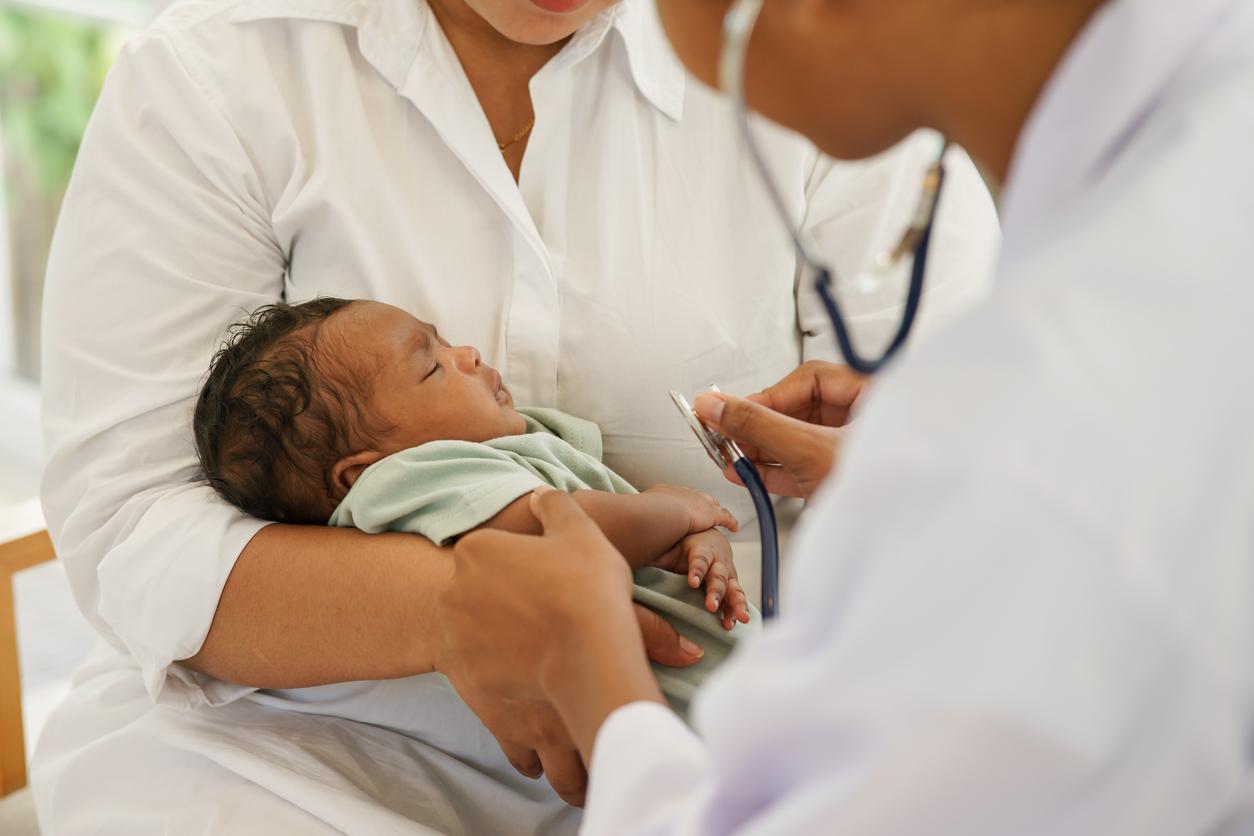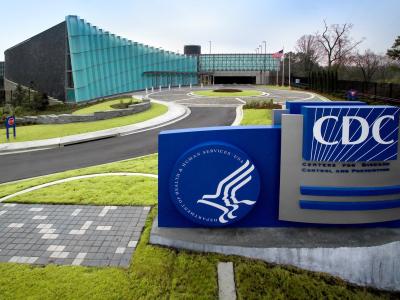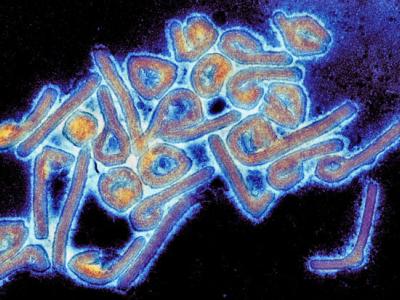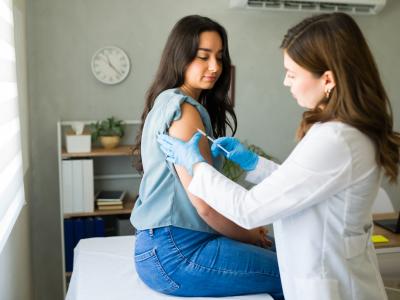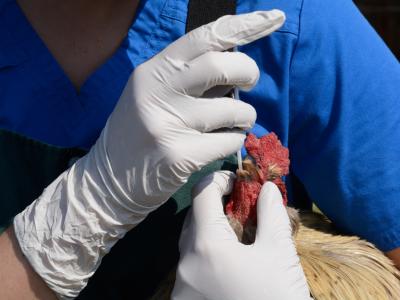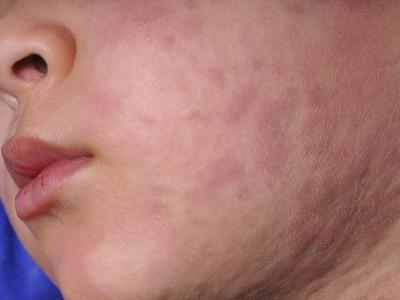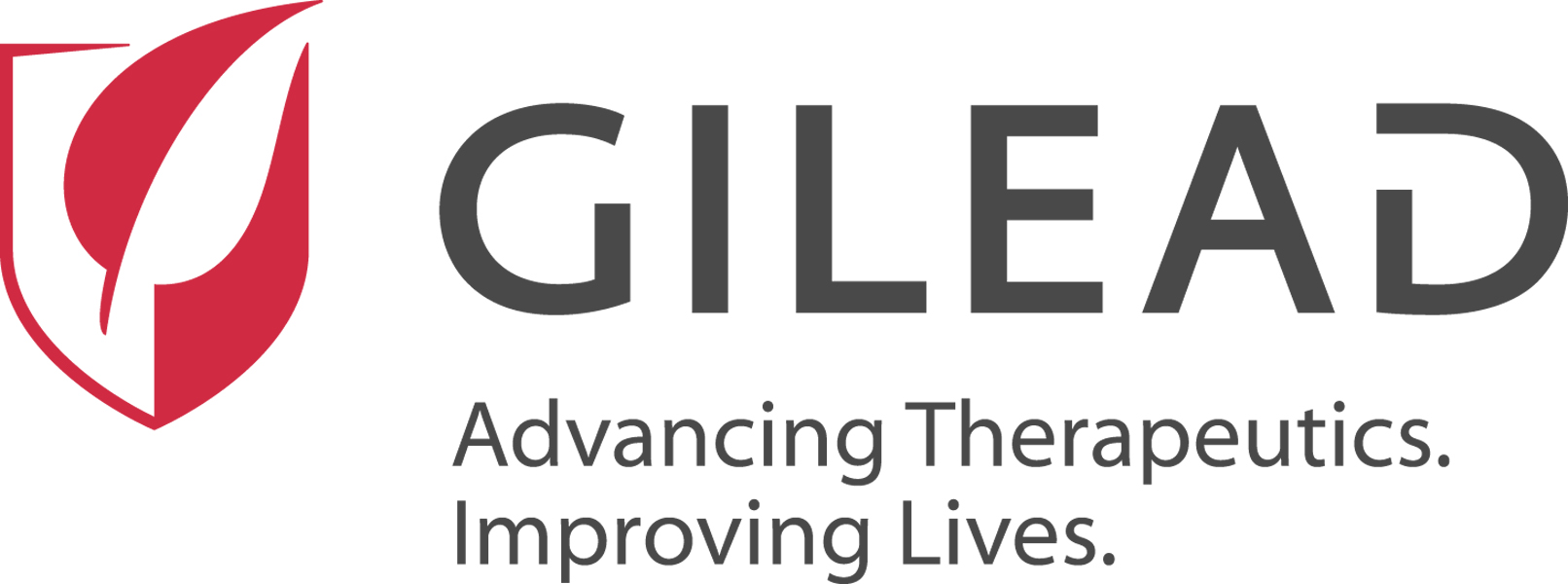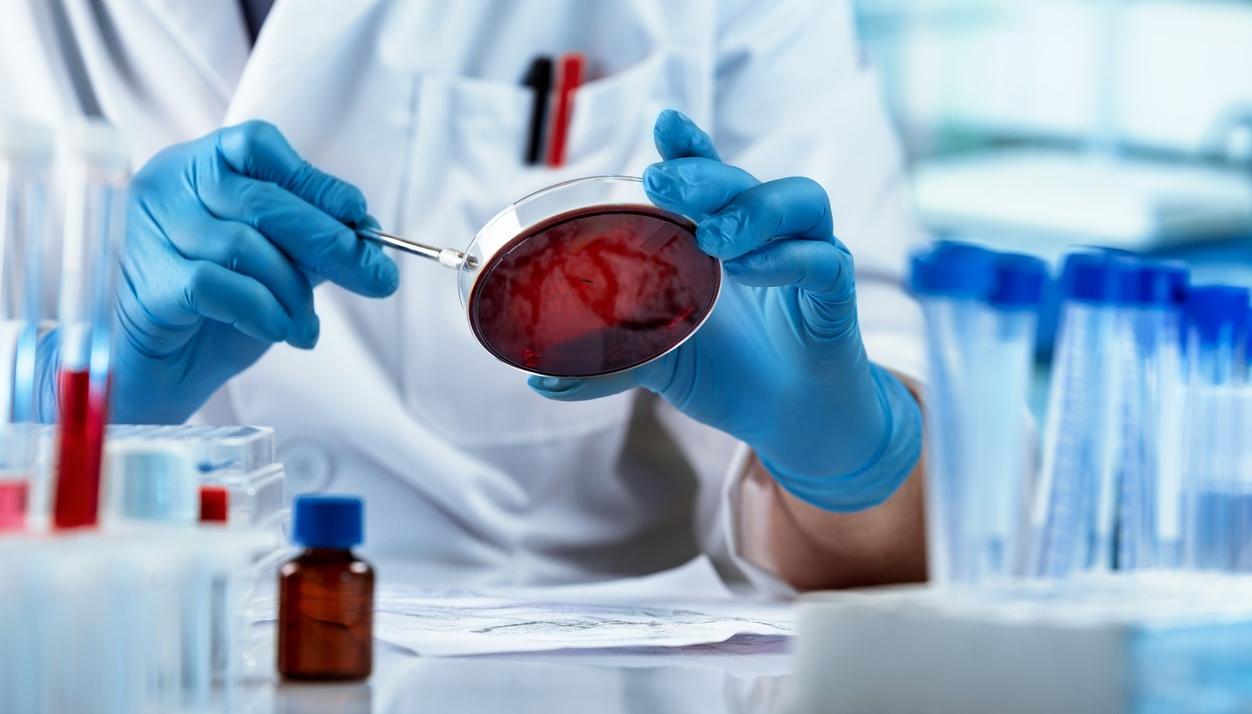
The World Health Organization (WHO) this week released new guidance to spur development of rapid diagnostic tests for serious bacterial infections in newborns and infants.
The WHO target product profile aims to guide manufacturers, regulators, and other stakeholders in developing affordable in vitro diagnostic tests that can quickly and accurately identify serious bacterial infections, including sepsis, in infants aged o to 59 months.
Of the estimated 2.3 million newborns who die each year, 15% die from neonatal sepsis. Evidence suggests that 84% of newborn deaths caused by infection could be prevented through early diagnosis and appropriate clinical management, the WHO said.
"Timely and accurate diagnosis tests for serious bacterial infection is critical to reducing newborn mortality," Yvan J-F. Hutin, MD, PhD, director of the WHO's Department of Antimicrobial Resistance, said in a WHO press release.
Current tests inadequate
Current in vitro diagnostic tests for bacterial infections in newborns and infants are either inadequate or unavailable in healthcare settings in the low-and middle-income countries (LMICs) where newborn mortality is highest.
Blood cultures have low sensitivity, long turnaround times, and require an amount of blood that's difficult to obtain infants, while blood-culture systems and molecular diagnostic tests are unaffordable. As a result, healthcare workers in LMICs often rely on clinical assessments to determine whether to initiate antibiotics or sepsis management.
The target product profile defines the essential and desirable features needed for in vitro diagnostic tests in hospitals and non-hospital (primary care) settings. Essential features include a turnaround time of less than 30 minutes, high sensitivity (90% or higher), and the ability to perform the test with less than 100 microliters (μL) of blood.
"This new target product profile outlines the essential features needed in diagnostic tools to improve clinical decision-making, reduce unnecessary antibiotic use and prevent antimicrobial resistance, especially in low-resource settings where the burden of neonatal sepsis remains critical," said Silvia Bertagnolio, MD, head of the WHO's Antimicrobial Resistance Surveillance, Evidence and Laboratory Strengthening Unit.

